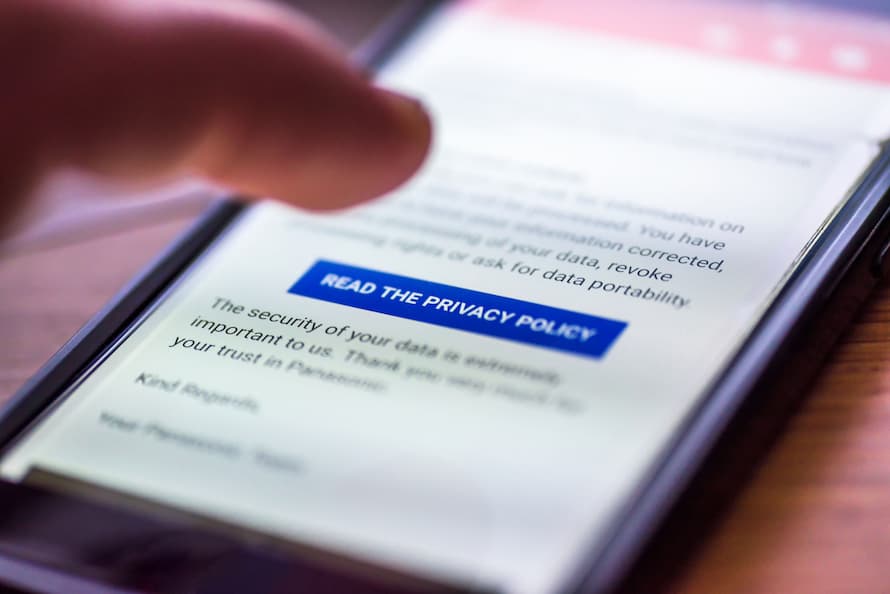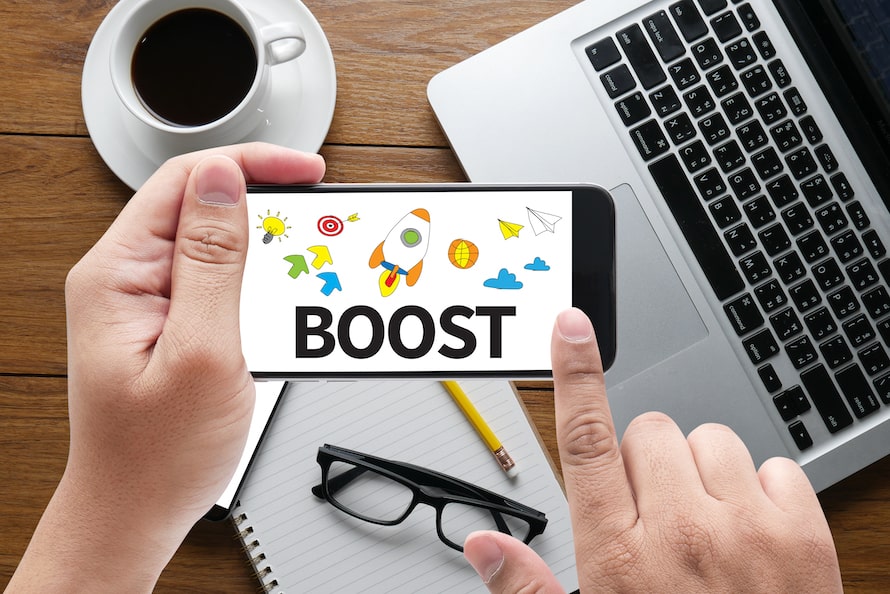In this post, we’ll dive into personalized data: what it is, how to get it (especially now that third-party cookies are being phased out), and how it can increase your B2B brand’s sales.
Most B2B brands today realize that their customers demand personalization.
After all, it’s the online experience most of us are used to—at least when it comes to our interactions with B2C brands.
From suggesting the right products to serving relevant content to providing attractive discounts and offers, personalized data is really the only way to provide that online experience to your prospects and customers.
However, personalized data without controls for customer privacy is a recipe for disaster.
Let’s take a look at personalized data, customer privacy, and how you can start using the two together to boost your sales.
What is personalized data?
Personalized data is any data that you have or obtain on your customers as individuals.
That includes everything from their names, to their hobbies, to their job titles.
There are essentially four types of personalized data: third-party, second-party, first-party, and zero-party.
Of all the types brands should be focusing on, first- and zero-party are the highest priority. More on that later. For now, let’s define each type.
Zero-party data: Zero-party data is data that you proactively request from your customer. It’s the highest quality data you can obtain for that exact reason: the customer actively shares it with you. This would be data that you collect from surveys, questionnaires, registration
First-party data: This is also data you collect from your customers, but it includes information you collect passively through your own site’s cookies or social analytics—browsing behavior, clicks, follows, etc.
Second-party data: Second-party data is essentially someone else’s first-party data. It’s information that you get from another brand that either sells, rents, or shares their first-party data with you.
Third-party: Third-party data is data that you purchase or rent from companies whose sole function is collecting and aggregating data on internet users. It’s the least effective form of personalized data to use because customers—unsurprisingly—don’t like realizing that their data has been sold to a brand they possibly have never even heard of.
This is also the type of data that is now undergoing a major shift as Google phases out the third-party cookies that collect this information.
Now that you know the different types of personalized data available, let’s consider how your B2B brand can best put it to work while protecting your customer’s data privacy.
Zeroing in on zero-party data
Zero-party data really is the holy grail of customer personalization—but lucky for you, it’s way easier to get your hands on.
Zero-party data is the future, according to nearly every marketer at the forefront of the industry (including our own Zen experts in content, social media, and SEM marketing).
Why? Because customers are growing more concerned every day about how their data is being used by the brands they interact with. The average internet user knows how valuable their data is, and therefore how easily it can be misused, misappropriated, or stolen.
While it’s true that zero-party data doesn’t negate the risk of data breaches or theft, it does give your customer the peace of mind that comes with transparency.
Instead of having to guess at what data you’re collecting, or comb through a lengthy privacy policy to figure it out, they know what information you have on them because you’ve requested it, and they’ve decided to offer it—or not.
When combined with first-party data, zero-party data can allow you to offer the hyper-individualized customer experience that your clients want.
How to obtain zero-party data
So how do you convince customers to offer something so valuable to you? You simply ask.
There are plenty of options when it comes to how.
You can:
- Go interactive by creating a mobile micro-experience, with 2-4 questions about customers’ motivations, interests, or needs
- Ask for their birthday in exchange for a free gift or discount on their special day
- Create a poll on social media
- Send out a survey
- Create an email or messaging preference center where customers choose the communications they want to receive
- Offer a loyalty program where customers receive discounts, early bird pricing, or other perks in exchange for sharing specific information
A key thing to remember when gathering zero-party data, however, is that you do not want to overwhelm customers with questions about their likes and dislikes. The customer experience should always come first, and you don’t want to sacrifice their immediate experience to get information that could improve it later on.
How to incorporate customer privacy and data protection

Your customers expect not just a personalized experience, but also to have control over their own data.
This is where privacy comes into play. New regulations about data privacy are providing a baseline for brands to abide by, but brands that truly want to excel need to exceed those basic expectations.
Customer engagement platforms can be very helpful here, as they allow you to develop highly effective personalized marketing campaigns, while also protecting your zero-party data and giving your customers that peace of mind.
One of Zen’s clients, Cheetah Digital, offers a platform that incorporates industry-leading data privacy and protection with some of the best customer engagement and zero-party data gathering tools in the industry for B2C.
In addition, it goes without saying that you should never sell or share a customer’s information without first giving them a visible and up-front opportunity to opt out. Disclose how you use customers’ information, what information you gather on them while they’re using your site, how you use cookies, and what controls they have over how you use their data.
How a combination of robust data privacy controls and hyper-personalization can boost your sales
If you can give customers those two things, while using the zero-party data that you’ve gathered in effective ways, you can boost your sales dramatically.
Let’s take a look at one way to utilize zero-party data: product recommendations.
When a user logs into your site, you can offer personalized product or service recommendations based on what they’ve purchased in the past. These recommendations are highly valuable to customers—in fact, according to research by Cheetah Digital, 52% of consumers would be happy to offer personal information in exchange for better product recommendations.
By serving users recommendations for things they’ve actually told you they’re interested in, rather than guessing or inferring from their site behavior or behavior on other parts of the internet, you’ll not only increase the likelihood that they’ll actually make a purchase. You’ll also build a more trusting relationship with them. And trust, especially nowadays, is the ultimate currency.
Another way to use zero-party data is to create personalized, triggered email campaigns. Email marketing is critical in B2B, as the buyer journey is longer and buyers typically require more interactions with a brand before they go from prospect to customer.
B2B brands today must combine data personalization with robust data privacy if they’re going to succeed. Need some help crafting your zero-party data strategy? Get in touch!




